Why large cities will bear the brunt of climate change, according to experts
America's largest cities are at the forefront of climate change.
About 80% of the U.S. population live in urban settings, according to the U.S. Census Bureau. Some of the country's most densely populated cities, like New York City, are already at the frontlines of global warming, according to experts.
"This particular section of the population is very vulnerable to a range of climate impacts," Rachel Cleetus, policy director for the Climate and Energy Program at the Union of Concerned Scientists, told ABC News.
MORE: One urban heat island has a plan to bring residents some relief
Hotter temperatures are posing threats to city dwellers
Heat is one of the two major impacts expected to plague cities as climate change continues to worsen, the experts told ABC News.
"Extreme heat is one of the most clearly recognized signals of climate change," Cleetus said.
Not only are residents and infrastructure experiencing a steady rise in average temperatures, but when the extreme heat waves come, they pose an even greater danger, Malgosia Madajewicz, an associate research scientist for Columbia University's Center for Climate Systems Research, told ABC News.

One of the biggest concerns for residents of large cities when a heat wave arrives are for those living in disadvantaged communities who do not have access to air conditioning or can not afford to run it all the time, Madajewicz said.
Extreme summertime heat overburdens vulnerable populations, especially communities of color living with low incomes, Cleetus said, citing mapping research the Union of Concerned Scientists has done to show the inequities of keeping cool in cities.
Heat illness is the number one weather-related killer in the world, according to the Centers for Disease Control and Prevention. And while cooling centers are available during business hours, they do not help people stay cool at night, which tends to be the most dangerous time for people in vulnerable populations or with preexisting conditions to succumb to heat illness, Madajewicz said.
Urban environments are prone to overheating because of the lack of greenery and abundance of concrete, which absorbs the heat and does not release it easily, creating the phenomenon known as an urban heat island. Heavy traffic also contributes to air pollution, which helps to trap the heat even more.
"There's a very inequitable impact of extreme heat and cities because of these urban heat islands," Cleetus said.
MORE: Some of the ways extreme heat will change life as we know it
Several consequences of climate change are causing increased flooding in cities
Historically, large cities all over the world have been built on coasts, which allowed for easy access to transportation and trade. But the convenience of location has also left these cities vulnerable to sea level rise and high tide flooding, the experts said.
As sea levels continue to rise about 3.5 millimeters per year, mostly due to melting in the Arctic, the additional water is contributing to chronic flooding in metropolitan regions, Cleetus said.
High-tide flooding, or "sunny day flooding," is becoming increasingly common due to decades of sea level rise, the National Oceanic and Atmospheric Administration said in a report released last year.
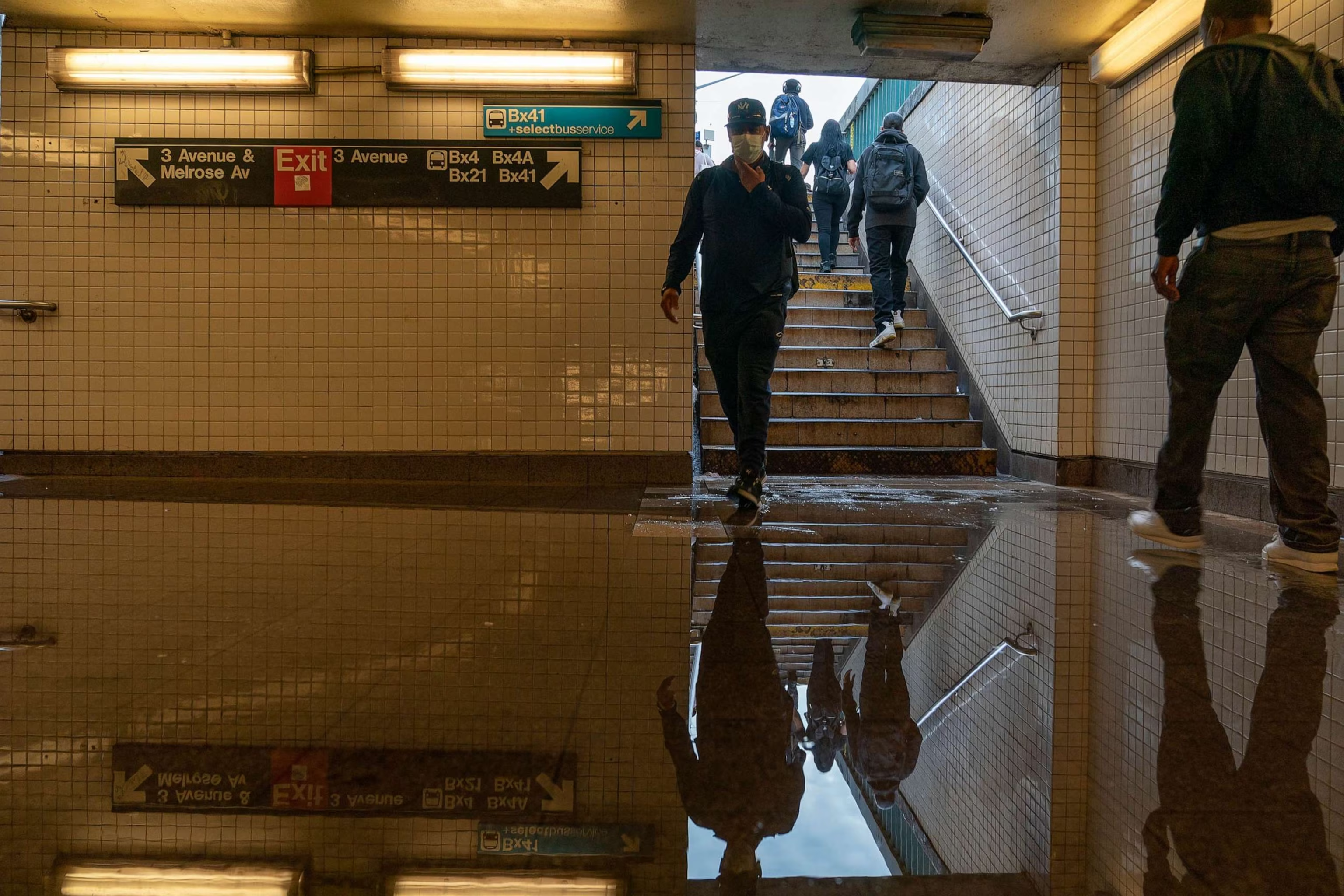
Changing storm patterns, with an increase of stronger storms that contain more moisture, are also partly responsible for increased flooding. In 2021, more than 50 people in the Northeast died after the remnants of Hurricane Ida caused flash flooding in major cities along the East Coast.
In some New York City neighborhoods, the chronic flooding has become so regular that it is occurring on a weekly basis, Madajewicz said.
"There are areas in New York City that are going to be difficult to sustain neighborhoods in in the long term," she said.
The prevalence of concrete also contributes to the flooding, as there is no soil to help absorb the excess water, Madajewicz said. The lack of wetlands and dunes in coastal areas that have been heavily developed, such as the Rockaways in Queens, make those neighborhoods more susceptible to flooding, especially when a major storm comes in, like Tropical Storm Sandy in 2012.
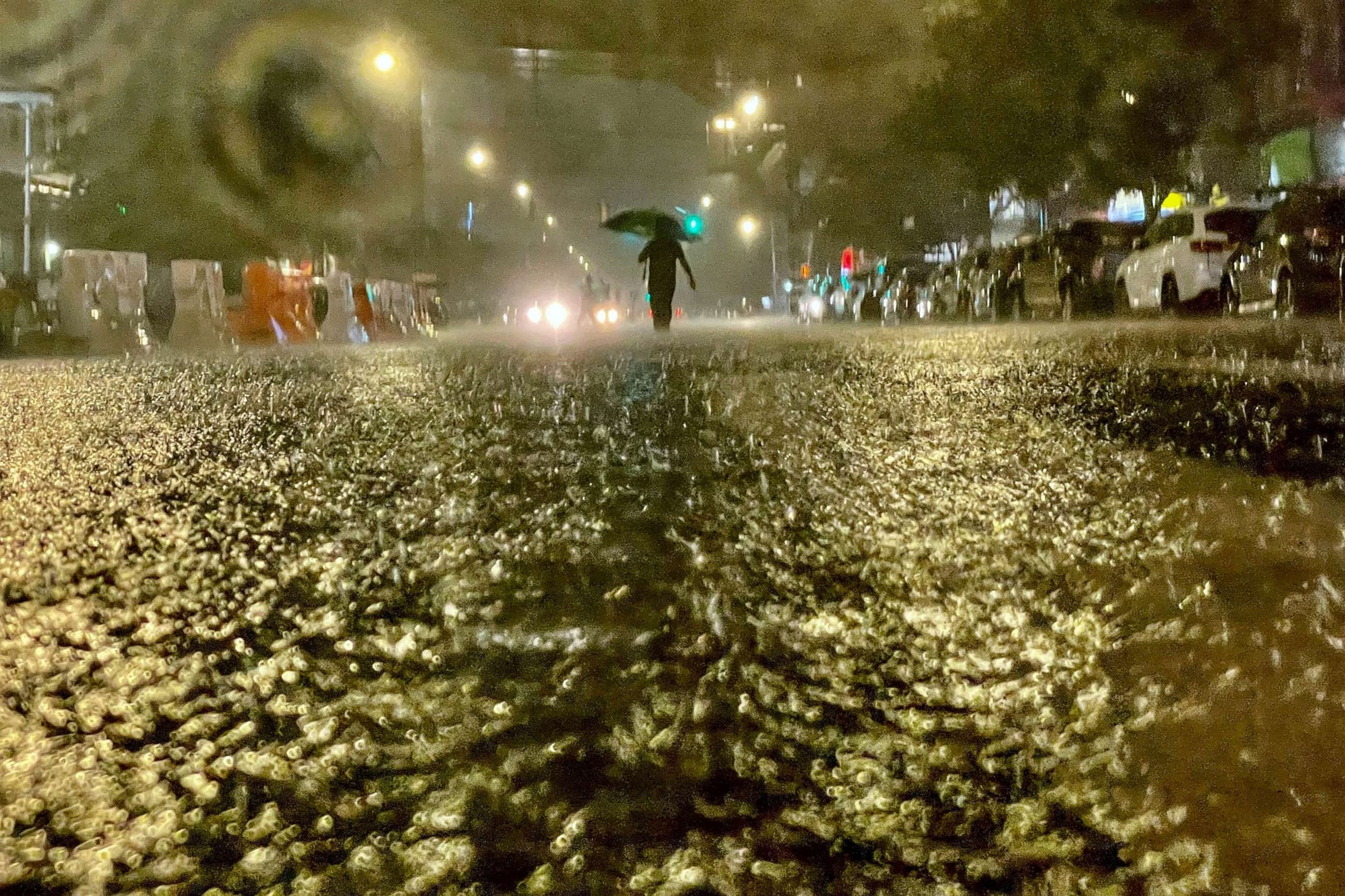
About 1.3 million residents of New York City live within or directly adjacent to the floodplain, according to Rebuild by Design, a climate research and development group. As sea levels continue to rise, that number could increase to 2.2 million New Yorkers.
Both heat waves and flooding can have an impact on people's health, their livelihoods as well as the economy, Madajewicz said. They can also have these impacts of various channels like water quality, air quality and infrastructure, such as roads and the power grid, Cleetus said.
Once that infrastructure starts to get affected, a domino affect of threats to public health ensues, which includes a potential rise in energy and food prices, Cleetus said.
The food supply could even be interrupted because there are only so many access points in which sustenance can be shipped in, Madajewicz said.
"If those access points are disrupted, with flooding or effects of heat, that affects a very large population," she said.
Rising groundwater is also being pushed to the surface -- both due to rising sea levels, but also due to human consumption and waste, Madajewicz said. Then, when the rain and storm surge comes, there's nowhere for the extra water to go, and there is potential for polluted water or raw sewage to also rise to the surface.
MORE: How rising sea levels will affect New York City, America's most populous city
The suburbs are also in danger
People living in the suburbs will also acutely feel the affects of climate change, according to a new study by JW Surety Bonds, an insurance brokerage and consulting firm.
The paper, which used artificial intelligence to project climate change effects on major U.S. cities by 2123, found that homes in cities like New York City, Oakland, California, Miami and Cape Coral, Florida would be underwater in 100 years.
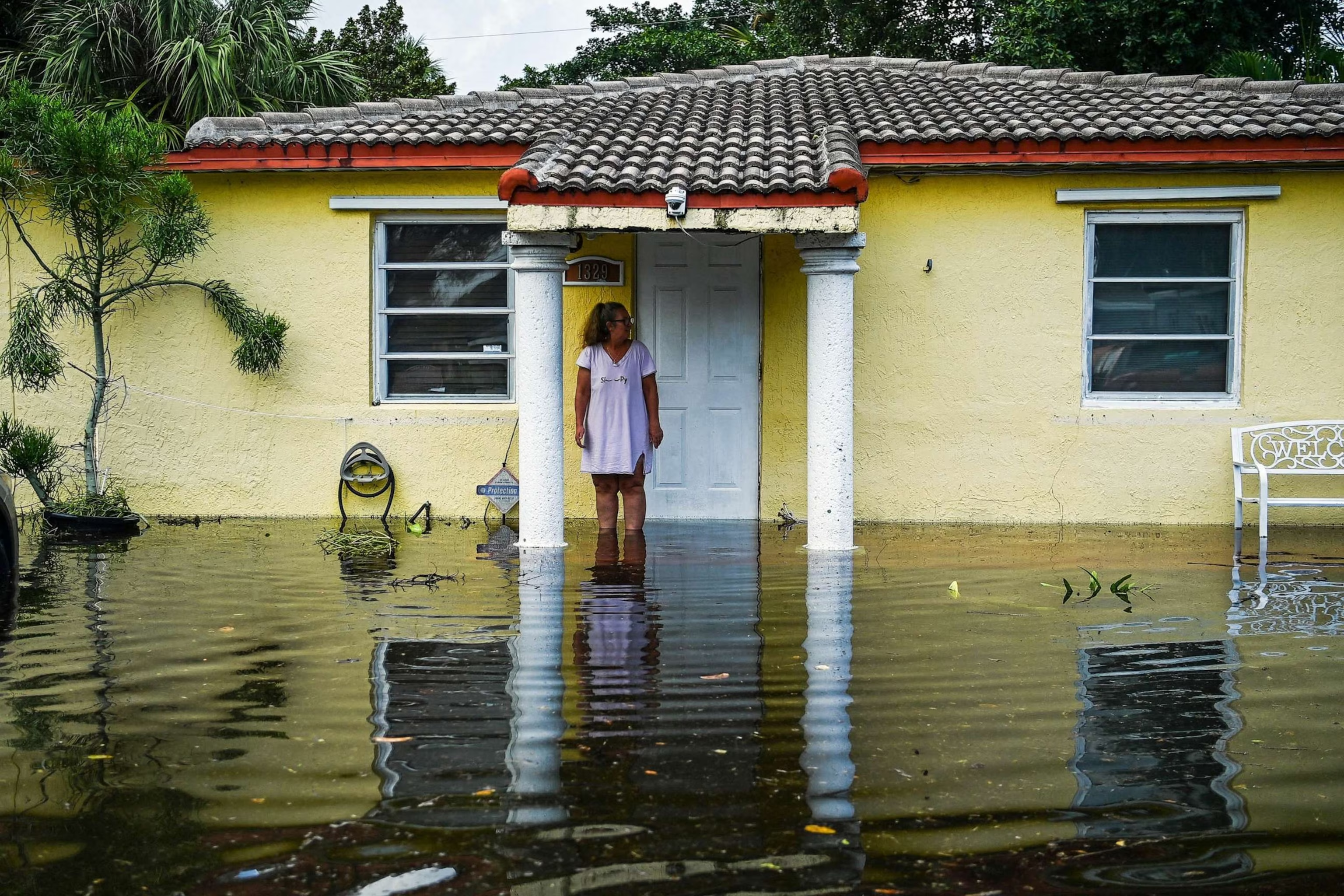
Conversely, places like Phoenix will be even more dry and deserted, due to an increase of drought, the researchers found.
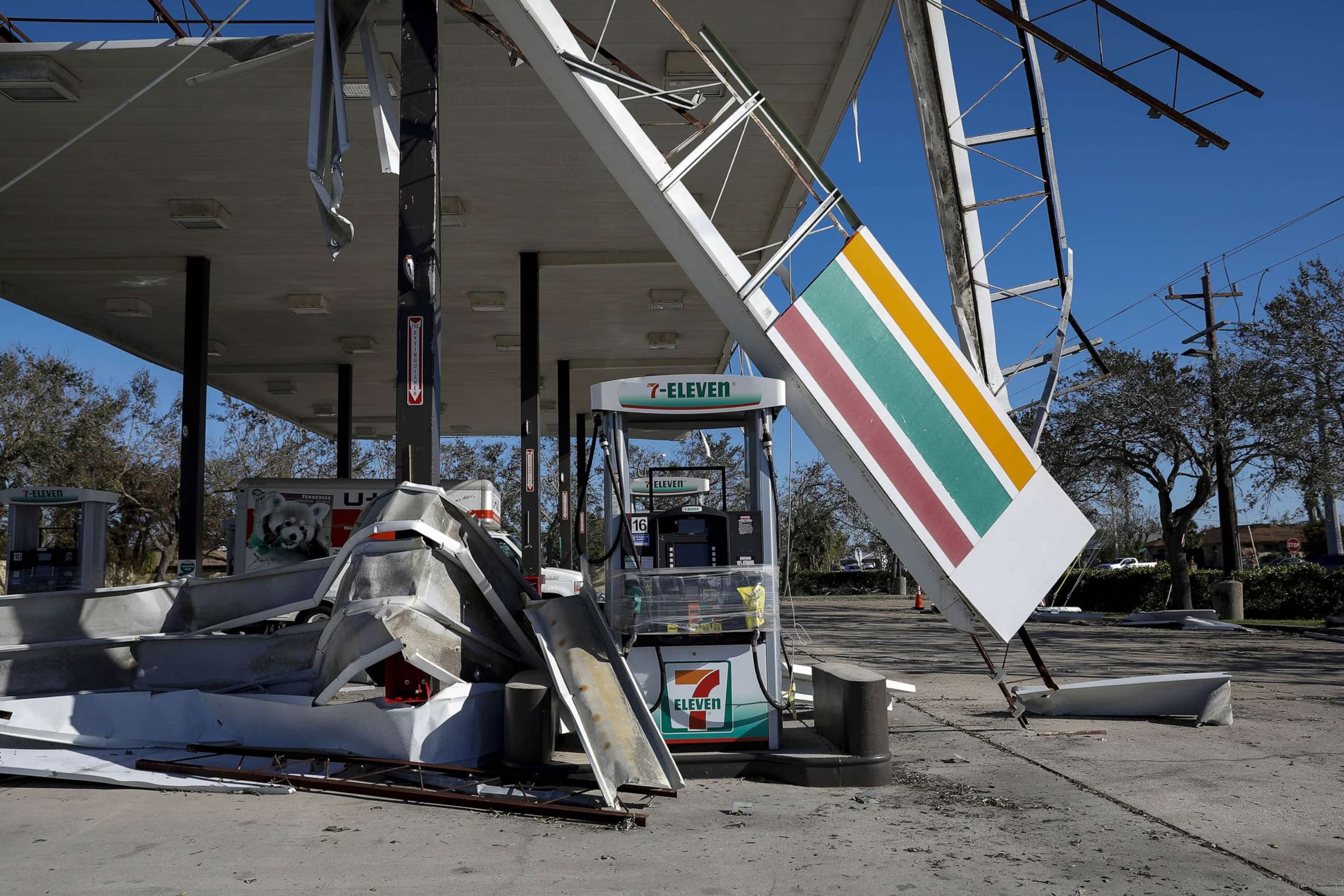
People who live in the suburbs are more likely to settle there with a family and therefore pure for permanent solutions to create environmentally friendly homes and infrastructure that will withstand future threats from climate change, including green spacing, urban farming and sustainable water management, James Campigotto, a data journalist for JW Surety Bonds and researcher for the study, told ABC News.
MORE: How climate change, rising sea levels are transforming coastlines around the world
What cities need to do to combat climate change
Big cities are "engines of solutions," and are tasked with implementing climate resiliency strategies to protect its citizens from future threats, Cleetus said.
The Big Apple has already started implementing infrastructure improvements that will protect its residents from future extreme events, but the work is nowhere near finished, Madajewicz said.
New York City enacted new building regulations in 2021 that take climate change into account, such as requiring all new construction to be above base flood elevation and take various other flood considerations into account.
There are also efforts being made to raise subway entrances, make the electricity grid and telecommunications more resilient and improve the infrastructure for public transportation, which can shut down when inundated with water -- especially certain subway and train lines as well as New York City's airports, which are located right on the coast in extremely flood-prone areas, Madajewicz said. After Superstorm Sandy, Con Edison, the utility company that serves that majority of New Yorkers, upgraded the infrastructure to the power grid.
"Right now, even a city like New York, which has considerable resources, does not have enough for the scale of investments that are needed," Cleetus said.
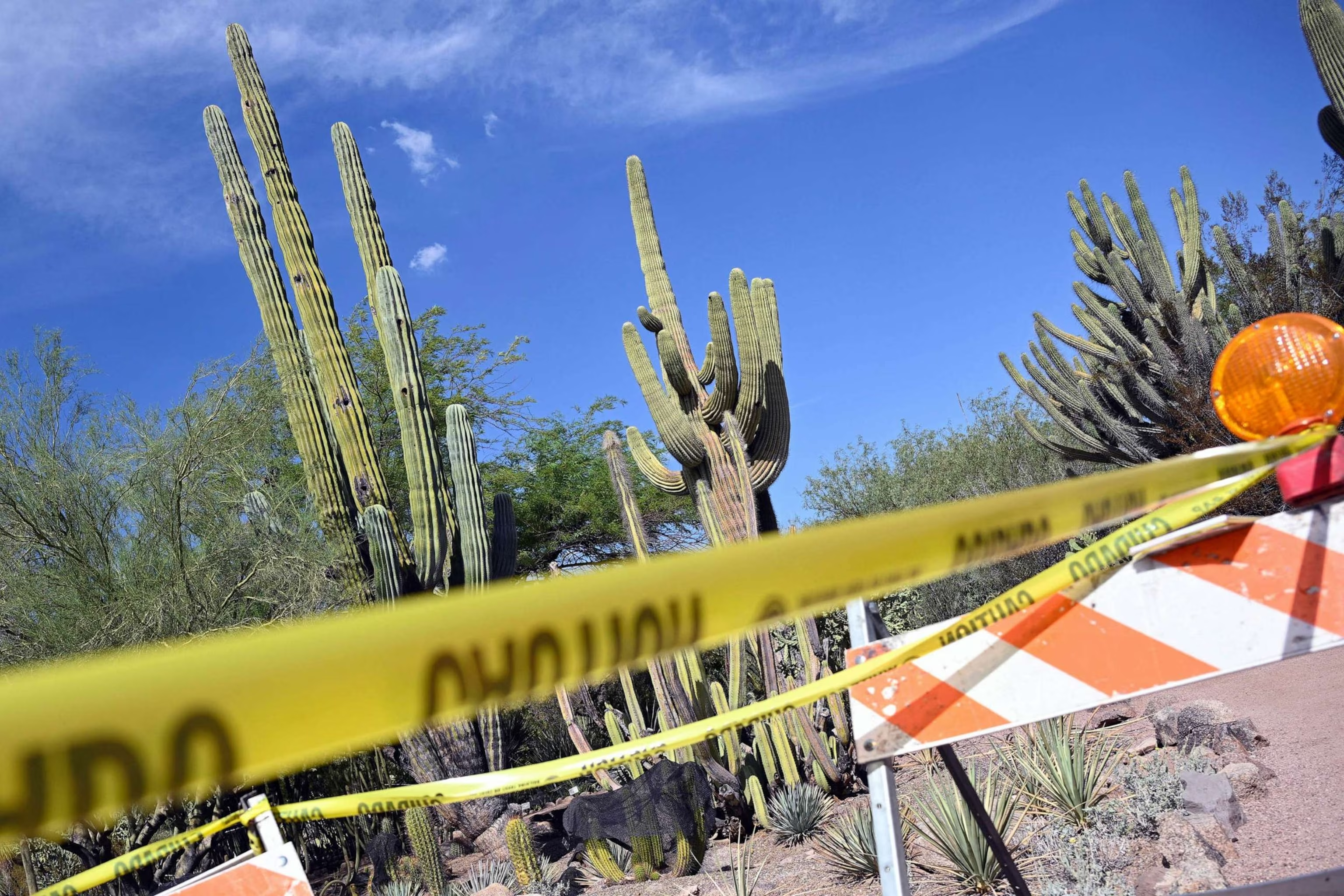
But other large cities may not have the same resources or as sizeable a budget as New York, and the challenge will be to prioritize those transformations before it's too late, Madajewicz said. In Miami and other costal cities in Florida, city planners have prioritized the installation of stormwater pumps, for instance.
"There is more to be done, and it's important to recognize the gaps as well as the need for more funding going forward to fill those gaps," Cleetus said.
If not, people may need to move further inland -- a budding trend of climate migration that experts expect to see more often in the coming years.
"There's going to be huge issue with availability of housing for the people who need to live," Madajewicz said.
Disclaimer: The copyright of this article belongs to the original author. Reposting this article is solely for the purpose of information dissemination and does not constitute any investment advice. If there is any infringement, please contact us immediately. We will make corrections or deletions as necessary. Thank you.







